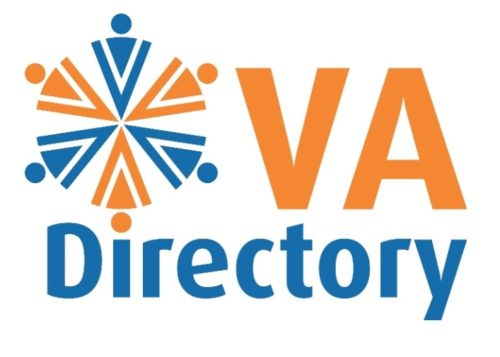Just been having a conversation with a client. I’m going through several worksheets of a spreadsheet of information they were given for a new mailing list.
When I looked at the spreadsheet, whole addresses had been put into one column, not split up into street, suburb, state, postcode, country and on the last worksheet it had been spread over 4 rows, not columns, so I couldn’t copy and paste the information into a new worksheet row by row. I had to print it off and retype it.
I explained to my client that this job should have taken me about a half hour or so if I could have done quick sorts on the columns by state and then copy and paste to the new sheet – they wanted me to separate their state from all the rest of the addresses. However, because the person or persons who entered this data did not think through what might be done with it, it wasn’t entered that way.
That’s when I found out they’d been referred to someone in another country at a cheap rate to do all the data entry. I explained to them that unfortunately anyone can do data entry but not everyone is capable of thinking through what might be done with that data to ask the right questions or even set it up correctly. Often these people are employees who do what they’re told, but they’re not business owners like professional Virtual Assistants who know what questions to ask relating to the end product and what their plans are.
I think they started to get the picture. Reality is they’re now paying me for a much longer time period than they thought because the data had not been entered into the spreadsheet in any useful way to manipulate and make further use of. It would have been cheaper to get me involved from the start to set it up correctly.

Karen O'Bannon says
It’s unfortunate that your customer had to learn this lesson the hard way. Unfortunately, business decisions are often like that. We tend to learn a lot as we go and pay a hefty price for the knowledge.
Jenifer says
Sadly Kathie, this is more common than it should be.
Diane Murray says
Hi – Its definitely a case of quality over quantity. I work as a VA myself and have come across this. Not sure if you’ve have a look at VAnetworking.com – they have a fantastic resource of information and forums that cover situations similar to this.
Diane
Kathie Thomas says
Thank you Diane. I am a member of VANetworking and a few other VA forums too, and they’re always excellent resources for Virtual Assistants. However, the clients don’t and it means that they don’t get access to the information we do and so blogs like this one are a good way to help them understand the industry and where to find professional VAs. Thank you for visiting.
Jeannine Clontz says
Kathie, Thankfully they did find you and hopefully they learned that quality, reliability and finding a professional option was more important to them than price. It’s a shame they had to open their wallets much wider than necessary, if they had only realized this initially.
Great post. It’s something we as VAs talk about all the time, but being able to show an actual situation where it cost the client probably double what it would have in the first place speaks volumes. Thanks for sharing! 🙂
Dave C says
Kathie, it’s interesting that many clients need to learn this the hard way.
We’ve done a lot of work with virtual assistants, designers, etc., and in my experience, getting someone who has top notch skills, communicates effectively, and is motivated to deliver great results is the only way to go, regardless of the hourly rate to a large extent.
In most cases, hiring the best person possible (by the criteria above) is about the same or cheaper than hiring someone inexpensive, but ineffective. And far less stressful and frustrating.
But, naturally, we had to try some of the inexpensive options first to learn that 😉
Patricia Eales says
Kathie, I think most of the comments here reflect the value of quality over quantity. I know many times I’m asked why my rate is higher than offshore VA’s, and other lesser experienced onshore VA’s and your example is the classic one that I give to them. The fact is that these people are employees or typists, who work to task, as opposed to business people who bring a greater value to their clients as a business partner.